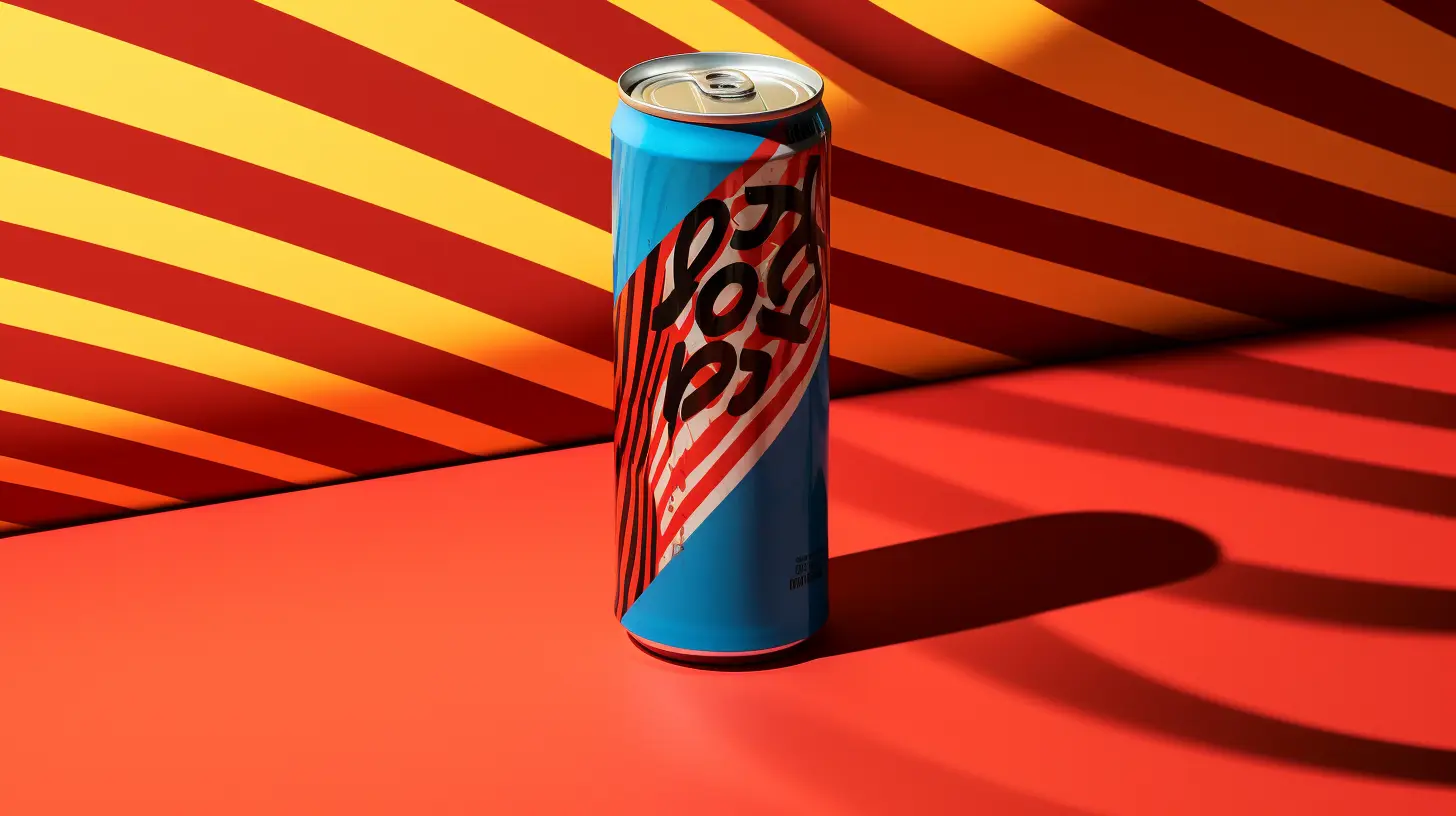How to Master Product Photo Shadows- A Guide

In the realm of product photography, shadows play a crucial role in enhancing the visual appeal of the captured images. They add depth, dimension, and realism to the products, making them more visually appealing to potential customers. By strategically creating shadows, you can emphasize the shape, texture, and details of the product, which can make the images more engaging and captivating. Shadows can also convey a sense of mood and drama, adding an element of artistry to the photographs. Ultimately, the right use of shadows can elevate the overall quality of the product images and make them more aesthetically pleasing, increasing the likelihood of attracting and retaining the attention of potential buyers. When used effectively, shadows can create a sense of professionalism and sophistication, which are essential for successful product photography.
Controlling Lighting for Optimal Shadow Creation
Controlling lighting is crucial for creating the perfect shadows in product photography. Lighting not only illuminates the subject but also plays a pivotal role in shaping the shadows. Here’s how you can control lighting to achieve optimal shadow creation:
Angle of Light: Experiment with the angle of light to see how it affects the shadow’s shape and intensity. Moving the light source can create different shadow effects, allowing you to align them precisely with your product for a desired outcome.
Soft vs. Hard Light: Choose between soft and hard light sources to determine the diffusion of shadows. Soft light creates gentle, gradual shadows, while hard light results in sharp, distinct shadows. Select the one that best complements your product to enhance its features.
Light Modifiers: Implement light modifiers such as diffusers, reflectors, or grids to manipulate the light and shadows further. Diffusers soften the light, producing more muted shadows, while grids focus and direct the light to create precise, controlled shadows.
By mastering the control of lighting, you can craft the perfect shadows for your product photos, highlighting its form and texture to captivate your audience.
Understanding the Techniques for Creating Shadows
When it comes to creating perfect shadows for your product photos, understanding the techniques is crucial. One effective method is the use of multipath shadows, which involves carefully manipulating the light to create a realistic and well-defined shadow. Additionally, incorporating decorations such as foliage or other objects can add depth and interest to the shadow, enhancing the visual appeal of the product. Reflectors can be used to direct and control the light, allowing for precise shadow placement. Furthermore, implementing color correction techniques can help achieve the desired shadow tone, ensuring a professional and polished look for your product photos. By utilizing these various techniques, you can elevate your product photography and produce stunning images with impeccable shadows.
Conclusion
In conclusion, mastering the art of creating perfect shadows for your product photos is crucial for elevating the quality and professionalism of your images. Professional shadows can add depth, dimension, and visual interest to your product photos, making them more appealing to potential customers. By understanding and implementing techniques such as using diffused lighting, positioning your light source strategically, and paying attention to the angle and distance of the light, you can achieve stunning and captivating shadow effects that enhance the overall visual impact of your product images. Remember, the right shadows can make your products stand out and leave a lasting impression on your audience. With practice and attention to detail, you can harness the power of shadows to create truly compelling product photos.
